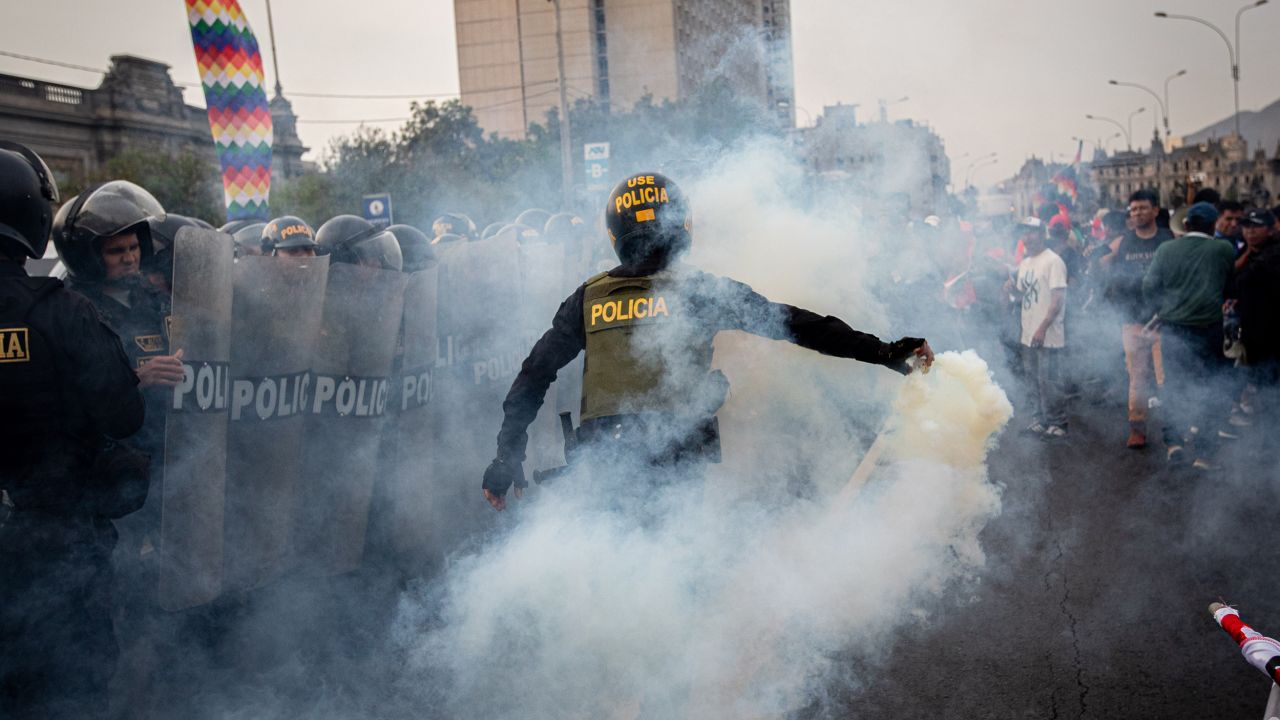Peru: a lesson for Latin America
Published:
“Peru is at a political crossroads. The organization of transparent and fair elections, although crucial, is not enough to fully sustain the rule of law.”

Peru stands out in Latin America as an extreme case of political party collapse, a political context that has been described as a ‘party-less democracy’. Following its late transition to democracy in 2001, Peruvian political parties have become mere personalized vehicles, lacking effective presence at the subnational level, without discernible ideological coherence, and sometimes unable to significantly represent the interests of the citizenry.
Faced with this weakness in the party system, legislators, experts, civil society groups, and other actors have driven a process of political and electoral reform. Various investigations conducted by the Observatory of Political Reforms in Latin America reveal that Peru ranks second in the region, after Ecuador, in reform efforts. From 1975 to 2022, 75 modifications to Peru’s electoral regulations have been recorded, a process characterized by its irregularity, drastic transformations, and, at times, noticeable contradictions.
Despite efforts to strengthen the political system, the performance of democratic institutions in Peru has deteriorated to the point of being perceived with skepticism, and even rejection, by the citizenry. The latest Barometer of the Americas survey reveals that, between 2010 and 2021, only an average of 54% of Peruvians trust in democracy, while a mere 10% consider political parties as viable institutions.
This constant weakening of political parties, a trend rooted in the Fujimori era (1990-2000), has led to an unprecedented institutional crisis in the last seven years (2017-2023). Growing conflicts between the Executive and Legislative branches have triggered a tumultuous political crisis, which has seen the succession of six presidents, the resignation of one (Pedro Pablo Kuczynski in 2017), the impeachment of two (Martín Vizcarra in 2018 and Pedro Castillo in 2022), the dissolution of the Congress of the Republic (2019), and even a failed attempt of a self-coup (2022). Since 2017, no Peruvian president has managed to complete their full term.
This political crisis can be explained from an institutional perspective. Principally, Peru’s governance, like in many countries in the region, heavily depends on the composition of the Legislative branch. Since 2016, the opposition in the Peruvian Congress has been characterized by a lack of willingness to dialogue, increasing political polarization. Added to this is Congress’ ability to impeach the sitting president through a motion of vacancy for ‘moral incapacity’, an imprecise term that has led to the abuse of this tool. For example, Castillo’s government faced three impeachment processes in less than two years. This situation highlights the urgent need for deeper reforms to restore stability and trust in democratic institutions in Peru.
However, discussions about institutional causes remain incomplete without highlighting the tragic circumstances surrounding the more than 60 deaths during protests against the government led by Dina Boluarte. In a country where the rule of law has significant shortcomings, the lives lost amidst the protests and the violent police intervention in peaceful marches stand as a grim testimony to the failures of Peruvian institutions to safeguard the integrity of its citizens, emphasizing the urgent need for a thorough and transparent investigation to hold those responsible accountable.
Currently, Peru stands at a political crossroads. The organization of transparent and integral elections, though fundamental, is not sufficient to fully sustain the rule of law. Despite significant efforts made to reform and strengthen the political system, confidence in democratic institutions has experienced a marked decline. This reflects an increasingly widening gap between the government and the citizenry, positioning Peru as a prominent example that the so-called ‘party-less democracy’ is not only ineffective but also leads to a widespread erosion of the democratic system as a whole. After all, without parties, there is no democracy.

Leave a Comment